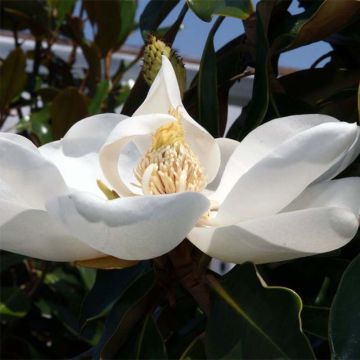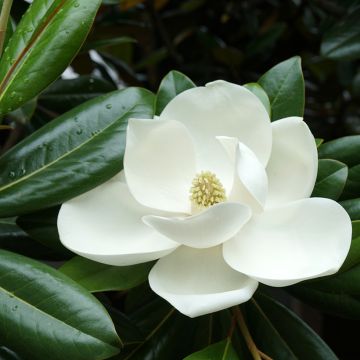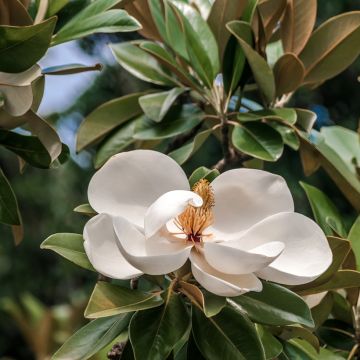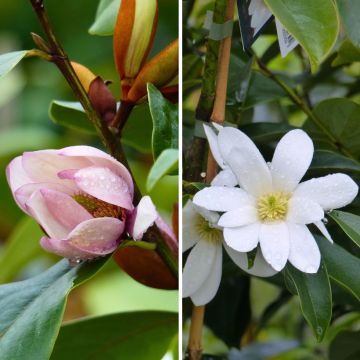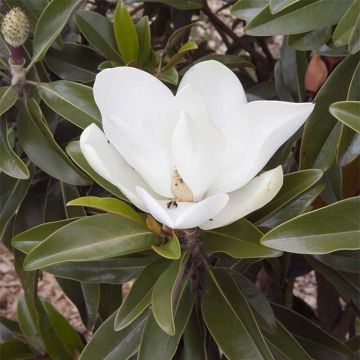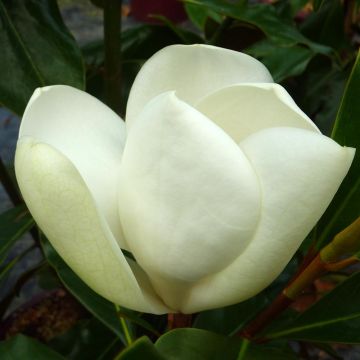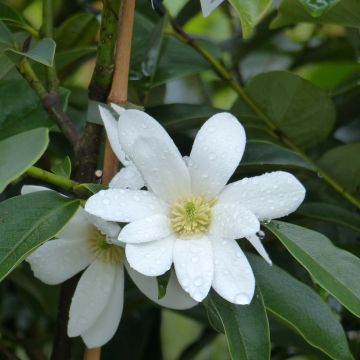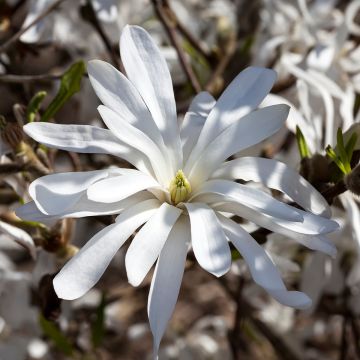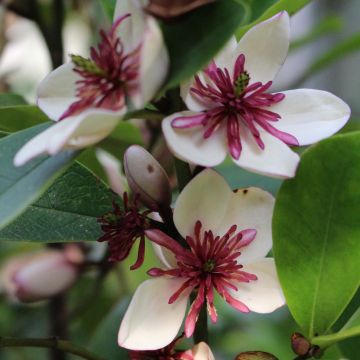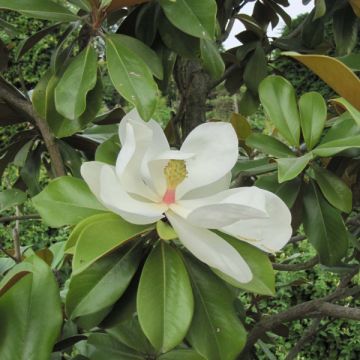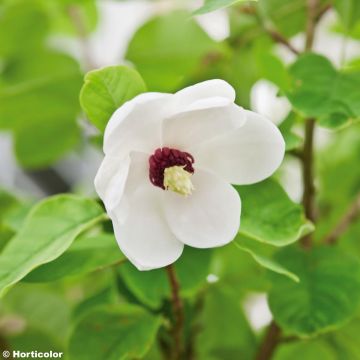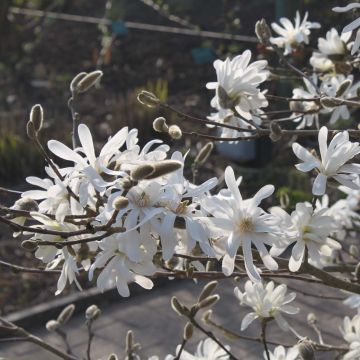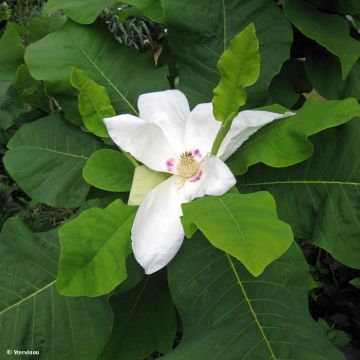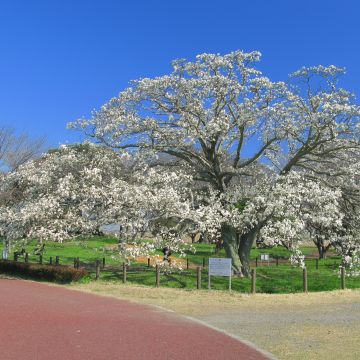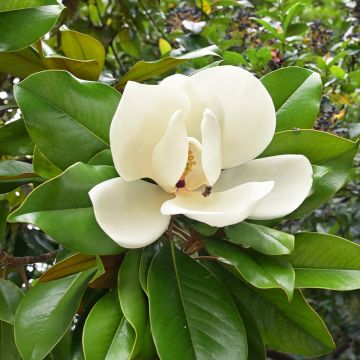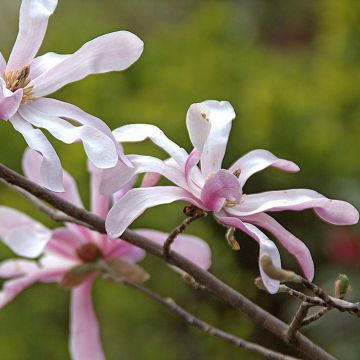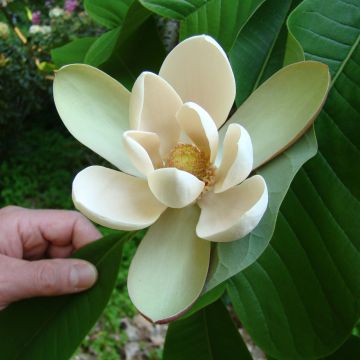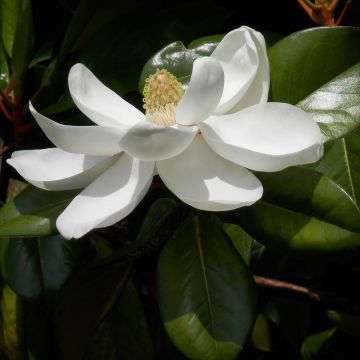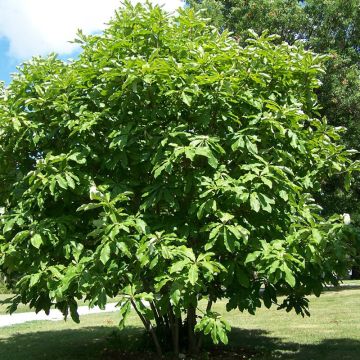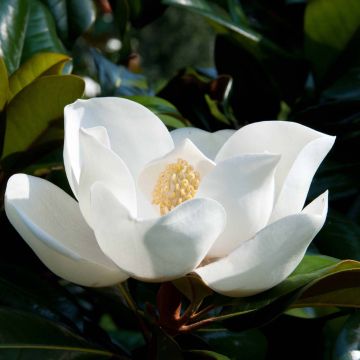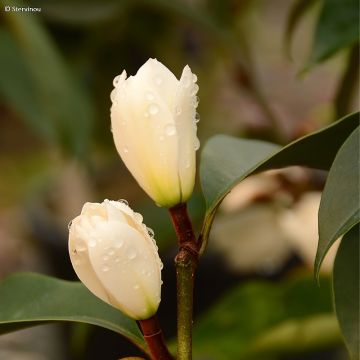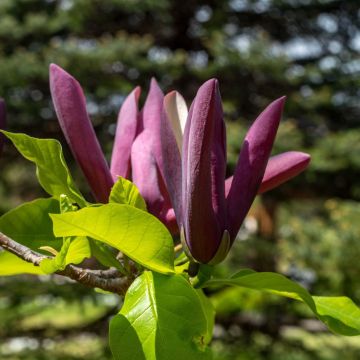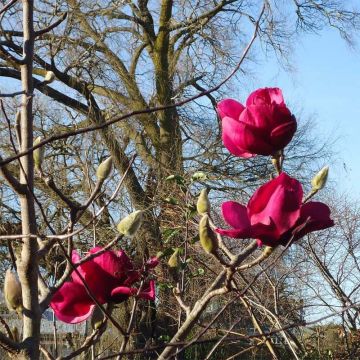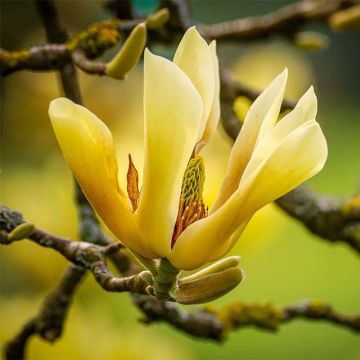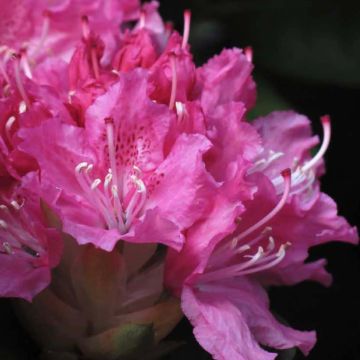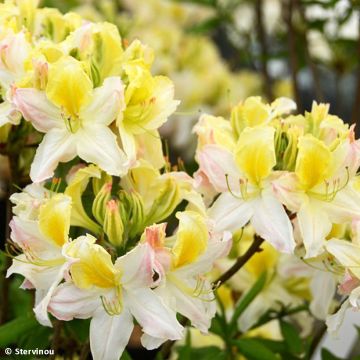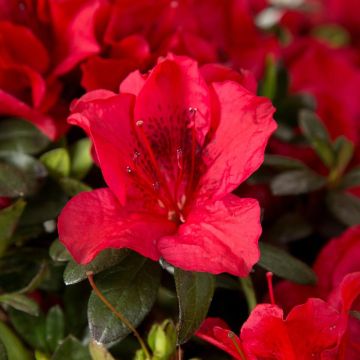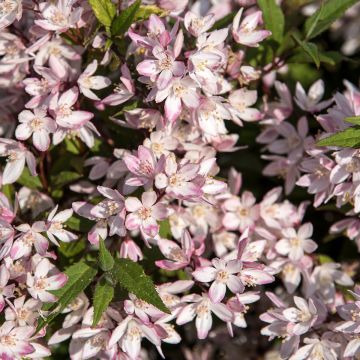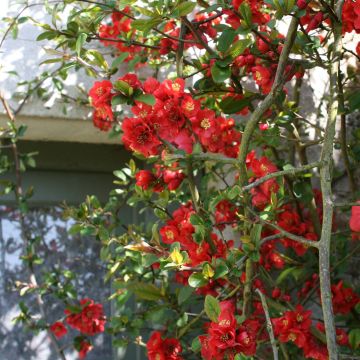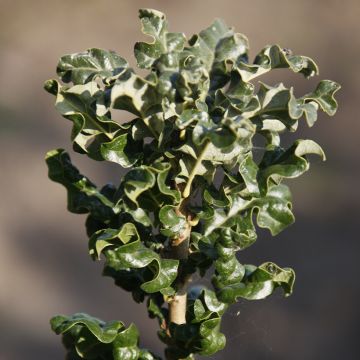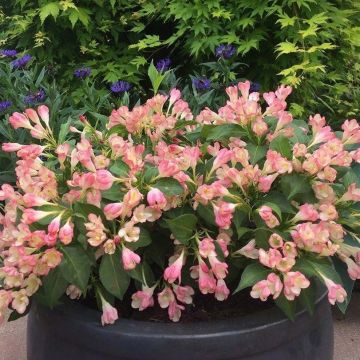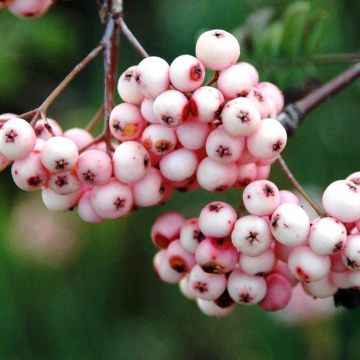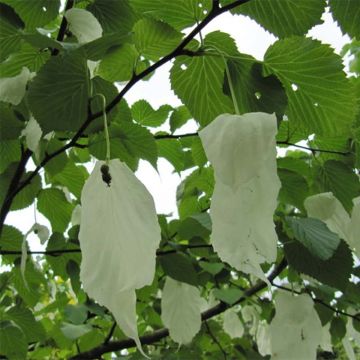País e idioma de entrega
Tu lugar de residencia parece ser:
Your country of residence is:
Para disfrutar de la mejor experiencia en nuestro sitio, puedes cambiar:
País de entrega:
Alemania
Andorra
Austria
Bulgaria
Bélgica
Canadá
Chequia
Chile
Chipre
Croacia
Dinamarca
Eslovaquia
Eslovenia
España
Estonia
Finlandia
Francia
Grecia
Hungría
Irlanda
Islandia
Italia
Letonia
Lituania
Luxemburgo
Malta
Mónaco
Países Bajos
Polonia
Portugal
Reino Unido
Rumanía
Suecia
Suiza
We only deliver seed and bulb products to your country. If you add other products to your basket, they cannot be shipped.
Idioma:
Francés
Alemán
Español
Inglés
My Account
Hola
Mis listas de favoritos
Plantfit
Mi cesta
Inicio de sesión / Registro
¿Ya eres cliente?
¿Todavía no eres cliente?
Crea su cuenta para poder realizar el seguimiento de tu pedido, acceder a nuestro servicio de atención al cliente y, si lo deseas, beneficiar de nuestras próximas ofertas.
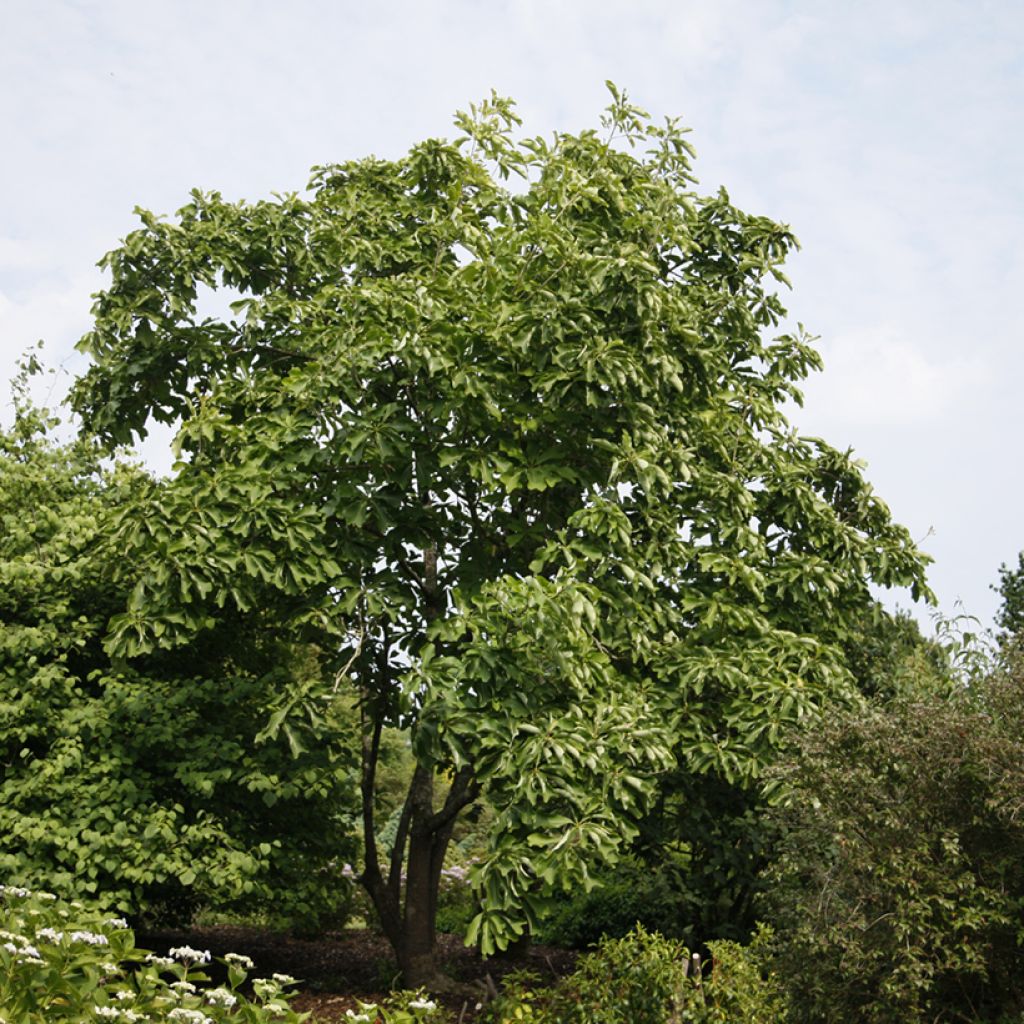

Magnolia officinalis - Houpo magnolia, Chinese magnolia
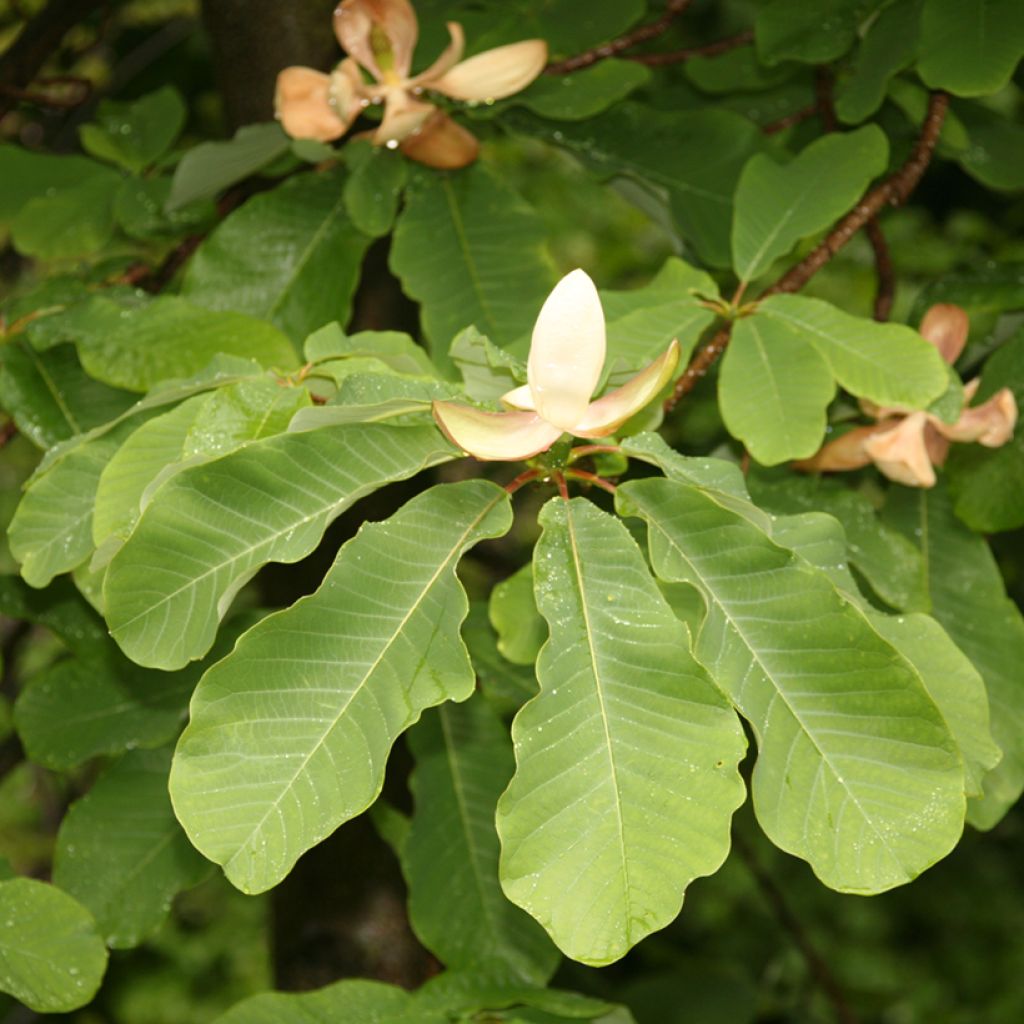

Magnolia officinalis - Houpo magnolia, Chinese magnolia
Magnolia officinalis - Houpo magnolia, Chinese magnolia
Magnolia officinalis
Houpo magnolia, Chinese magnolia
Ver otras variedades similares disponibles
Ver todos →Más de para que tu pedido salga hoy mismo.
Enviado por correo a partir del
Gastos de transporte a partir de 5,90 €. Artículos grandes, gastos de envío a partir de 6,90 €.
Más información
Este artículo no está disponible para tu país.
País de entrega:
Alemania
Andorra
Austria
Bulgaria
Bélgica
Canadá
Chequia
Chile
Chipre
Croacia
Dinamarca
Eslovaquia
Eslovenia
España
Estonia
Finlandia
Francia
Grecia
Hungría
Irlanda
Islandia
Italia
Letonia
Lituania
Luxemburgo
Malta
Mónaco
Países Bajos
Polonia
Portugal
Reino Unido
Rumanía
Suecia
Suiza
Programa tu fecha de entrega,
y elige tu fecha en la cesta
24 meses de garantía en el desarrollo de esta planta
Más información
Garantizamos la calidad de nuestras plantas durante un ciclo vegetativo completo, y sustituiremos a nuestro cargo cualquier planta que no se recupere en condiciones climáticas y de plantación normales.
Artículo voluminoso: entrega a domicilio únicamente con un coste de 6,90 € por pedido..
Entrega a domicilio exprés en 24-48 horas: 8,90 €.
¿Esta planta es adecuada para mi jardín?
Crear mi perfil Plantfit →
Descripción
The Magnolia officinalis var. officinalis is a deciduous, impressive Chinese botanical species with large leaves and flowers. It forms a true small tree with leaves clustered in bouquets at the end of branches. In late spring, very large flowers, with a fragrant scent, appear on a mature subject. Rarely planted in Western gardens, it is cultivated like a large rhododendron in deep, loose soil, remaining fresh, neutral to acidic.
In the magnolia family, the Magnolia officinalis is one of the most beautiful species. It is a robust small tree with an elegant port, deciduous, perfectly hardy, often multicaulis, developing a regular and sparsely branched crown, generally conical, rounding with age. The officinalis subspecies, with oval and entire leaves, differs from the biloba subspecies with leaves having two lobes at their truncated end. Native to central China, it is highly appreciated in that country for its medicinal properties.
In our climates, the Magnolia officinalis var. officinalis generally reaches 8-10 m in height by 7-8 m in spread. Its growth is quite rapid once well established. Its bark is brown to ashy gray, thick and wrinkled, but does not crack with age. It becomes scaly at the base of the trunk on older subjects. Young branches are pubescent. In spring, large buds unfurl into leaves that are broad, oval, measuring up to 50 cm in length by 25 cm in width. The upper side of the blade is a tender green, strongly veined, slightly shiny. The leaves are arranged in clusters (verticils) at the ends of branches. Flowering occurs from May to June, depending on the climate. The flowers, sometimes reaching 20 cm in diameter, consist of 9 to 12 petals in white to cream white. They emit a pronounced and pleasant, fruity fragrance typical of magnolia flowers. After pollination, fruits of a pinkish red hue form, clustered in cones of 10 to 13 cm in length, quite decorative. They also contain red seeds. Before falling, the foliage takes on beautiful brown to brick hues.
The Magnolia officinalis is planted in a medium-sized garden or park, if the soil type and climate permit. It will stand out as a solitary subject in the middle of a lawn, or at the back of a lower shrub massif. It pairs well with Grand Rhododendrons and Chinese Azaleas that appreciate similar settings. Beautiful trees like the Tilleul de Henry (Tilia henryana) will accompany it during its flowering. The Caramel Tree (Cercidiphylum japonicum) or the Hamamelis 'Yamina' will enhance its foliage with magnificent autumnal colours.
Magnolia officinalis - Houpo magnolia, Chinese magnolia en imágenes...


Porte
Floración
Follaje
Botánica
Magnolia
officinalis
Magnoliaceae
Houpo magnolia, Chinese magnolia
Magnolia officinalis var. officinalis
China
Otras Magnolias
Plantación y cuidados
The Magnolia prefers sunny to semi-shady exposures, it requires a deep, fresh soil even in summer, rich and humus-rich, without limestone. It is hardy down to -17°C. This species dreads hot summers. Magnolia planting can be done in spring or autumn, outside the frost period. Provide a pit 80 cm wide by as deep with a good supply of heather soil and compost if your soil tends to be clayey and slightly calcareous. Be careful when installing it in the hole, so as not to break the fleshy but quite fragile roots. Immediate watering, with non-calcareous water (rainwater), helps to pack the soil around the roots. During the first year of planting, the Magnolia requires watering once a week. It will appreciate an amendment once a year in spring. Magnolia not liking prolonged drought, the soil must remain moist (but not waterlogged) all summer. It is recommended to mulch its base to keep it cool during the hot season, enrich its soil, and protect it from the cold in winter. As its roots are fragile, transplanting should be avoided. The only enemies of the Magnolia are parasites like scale insects, snails, and slugs that attack young plants, and fungal diseases like root rot (in overly waterlogged soil) and coral disease.
¿Cuándo plantar?
¿En qué lugar?
Cuidado
Este artículo todavía no ha recibido comentarios; sé el primero en compartir tu experiencia.
Arbustos de floración primaveral
¿No has encontrado lo que buscas?
La rusticidad es la temperatura invernal más baja que una planta puede soportar sin sufrir daños graves o incluso la muerte. Sin embargo, la rusticidad se ve afectada por la ubicación (zona protegida, como un patio), la protección (cubierta de invierno) y el tipo de suelo (la rusticidad mejora con un suelo bien drenado).

Condiciones generales de uso del servicio de fotos del cliente
Con el fin de favorecer la interacción y el intercambio de experiencias entre jardineros, Promesse de fleurs ofrece varios servicios que permiten cargar contenidos en su Sitio web, en particular a través del módulo "Compartir fotos".
El usuario se compromete a no:
- Publicar contenidos ilegales, perjudiciales, insultantes, racistas, que inciten al odio, revisionistas, contrarios a las buenas costumbres, que atenten contra la vida privada o vulneren los derechos privados de terceros, en particular el derecho a la imagen de las personas y de los bienes, los derechos de propiedad intelectual o el derecho a la vida privada
- Publicar contenidos en nombre de un tercero
-
Asumir la identidad de un tercero y/o publicar cualquier información personal sobre un tercero
En general, los Usuarios se comprometen a abstenerse de cualquier comportamiento poco ético.
Todos los Contenidos, en particular, textos, comentarios, archivos, imágenes, fotos, vídeos, obras, etc., que pueden ser objeto de derechos de propiedad, derechos de propiedad intelectual, derechos de imagen u otros derechos privados, siguen siendo propiedad del Usuario, a reserva de los derechos limitados concedidos por la licencia definida a continuación a Promesse de fleurs. El Usuario es libre de publicar o no dicho Contenido en el Sitio web, especialmente a través del servicio "Compartir fotos", y acepta que este Contenido se haga público y libremente accesible, especialmente en Internet.
Reconocen, se comprometen y garantizan que disponen de todos los derechos y autorizaciones necesarios para dicha publicación en el Sitio, en particular en lo que respecta a la legislación vigente y a los derechos de privacidad, propiedad, propiedad intelectual, imagen, contratos o de cualquier otra naturaleza. Al publicar dicho Contenido en el Sitio, el Usuario es consciente de que compromete su responsabilidad como editor del Contenido en el sentido de la ley, y concede a Promesse de fleurs una licencia no exclusiva, gratuita y mundial para dicho Contenido, durante toda la duración de su publicación, incluidos los derechos de reproducción, representación, carga, visualización, ejecución, transmisión y almacenamiento.
Los usuarios también autorizan a que su nombre se asocie al Contenido y aceptan que esta asociación no siempre pueda realizarse.
Mediante su publicación, los usuarios autorizan que los Contenidos sean automáticamente accesibles en Internet, en particular en otros sitios y/o blogs y/o páginas web del sitio Promesse de fleurs, incluidas en particular las páginas de las redes sociales y el catálogo de Promesse de fleurs.
Los usuarios pueden obtener libremente la devolución de los contenidos confiados poniéndose en contacto con el servicio de atención al cliente a través del formulario de contacto.
Los periodos de siembra indicados en nuestro sitio web se aplican a los países y regiones de la zona 8 del USDA (Francia, Reino Unido, Irlanda, Países Bajos).
En zonas más frías (Escandinavia, Polonia, Austria...), retrase 3-4 semanas cualquier siembra al aire libre, o siembre en invernadero.
En climas más cálidos (Italia, España, Grecia, etc.), adelante unas semanas la siembra al aire libre.
El periodo de recolección indicado en nuestro sitio web se aplica a los países y regiones de la zona USDA 8 (Francia, Inglaterra, Irlanda, Países Bajos).
En las zonas más frías (Escandinavia, Polonia, Austria...) es probable que la cosecha de frutas y hortalizas se retrase 3-4 semanas.
En las zonas más cálidas (Italia, España, Grecia...), es probable que la cosecha se adelante, dependiendo de las condiciones meteorológicas.
El periodo de plantación indicado en nuestro sitio web se aplica a los países y regiones situados en la zona USDA 8 (Francia, Reino Unido, Irlanda, Países Bajos).
Variará en función de su lugar de residencia:
- En las zonas mediterráneas (Marsella, Madrid, Milán, etc.), el otoño y el invierno son los mejores periodos de plantación.
- En las zonas continentales (Estrasburgo, Múnich, Viena, etc.), retrase la plantación de 2 a 3 semanas en primavera y adelántela de 2 a 4 semanas en otoño.
- En las regiones montañosas (Alpes, Pirineos, Cárpatos, etc.), es mejor plantar a finales de primavera (mayo-junio) o a finales de verano (agosto-septiembre).
En climas templados, la poda de los arbustos de floración primaveral: forsitia, spireas, etc. debe realizarse justo después de la floración.
La poda de los arbustos de floración estival: árbol de Júpiter, perovskia, etc. puede realizarse en invierno o en primavera.
En las regiones frías y con plantas sensibles a las heladas, evite podar demasiado pronto, cuando aún pueden producirse heladas severas.
El periodo de floración indicado en nuestra página web se aplica a los países y regiones situados en la zona USDA 8 (Francia, Reino Unido, Irlanda, Países Bajos, etc.).
Variará en función de su lugar de residencia:
- En las zonas 9 a 10 (Italia, España, Grecia, etc.), la floración se producirá entre 2 y 4 semanas antes.
- En las zonas 6 a 7 (Alemania, Polonia, Eslovenia y regiones montañosas bajas), la floración se retrasará de 2 a 3 semanas.
- En la zona 5 (Europa Central, Escandinavia), la floración se retrasará de 3 a 5 semanas.
